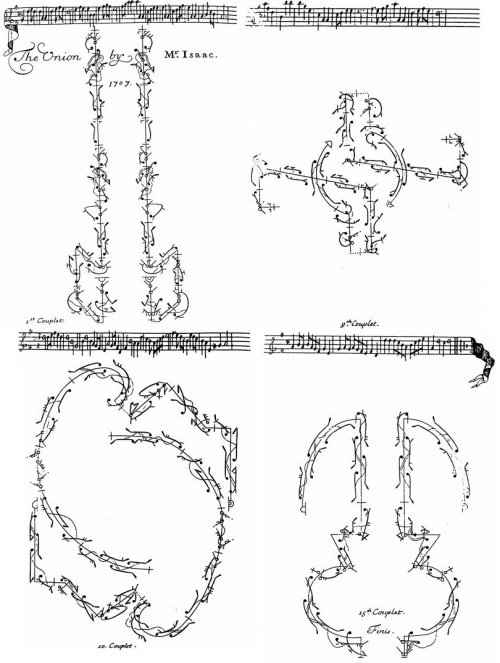
The young Scottish traditional singer Jean Redpath shared a New York apartment with Bob Dylan in the early 1960s; she went on to make more than 40 recordings, not least the astonishing project she embarked upon with the American composer Serge Hovey, to record all of the songs composed and collected by Robert Burns.
Hovey arranged 323 Burns songs for her, matching them to their original melodies, often with imaginative contemporary orchestral arrangements. Redpath recorded seven albums of these arrangements, which were critically acclaimed, and went on to make other Burns albums as well.
This according to “Jean Redpath, MBE” by Jim Gilchrist (The Scotsman, 23 August 2014).
Today would have been Redpath’s 80th birthday! Above, a portrait of Redpath by Alexander Fraser (© the artist. Photo credit: National Galleries of Scotland); below, Redpath’s recording of Burns’s Green grow the rashes.






